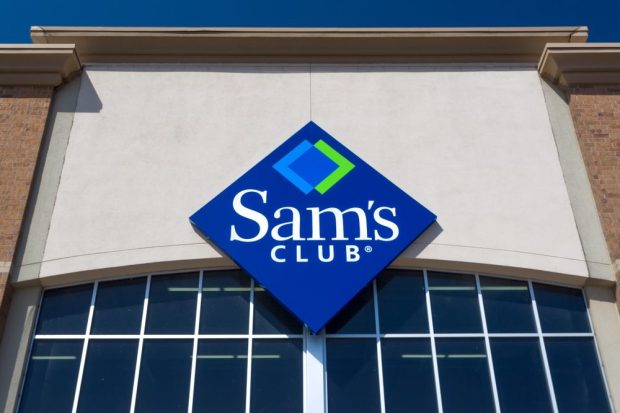Sam’s Club Adds New Advertiser Tools as Grocers Supplement Consumer Revenue

With grocers expanding their advertising businesses to boost their margins, Sam’s Club has announced new tools for brands to measure campaign effectiveness.
The Walmart-owned membership warehouse club chain, which has close to 600 locations, announced Tuesday (Sept. 19) the addition of a Media and Sales Performance Dashboard for advertisers, consolidating data from across the retailer’s business to show in greater detail how campaigns are affecting sales.
“We understand the power that analytics can have on advertiser campaigns, which is why we are delivering this new integrated dashboard,” Lex Josephs, vice president and general manager of the warehouse club chain’s Member Access Platform (MAP) said in a statement. “It is the latest in an ongoing stream of continuous innovations we’re providing to deliver faster, more actionable insights.”
The dashboard presents advertisers with information about the number of sales and new customers and about which channels consumers are purchasing the products on, among other insights, enabling them to make adjustments while the campaign is still active.
The value of advertising capabilities for grocery businesses was underscored by Instacart last month, when the company laid out its revenue sources in a filing with the Securities and Exchange Commission (SEC) in advance of the company’s initial public offering (IPO), which occurred Tuesday.
The grocery aggregator noted that its advertising business accounts for nearly 30% of its total revenue and that it has been seeing double-digit growth each year. The business grew 29% between 2021 and 2022, reaching $740 million. Plus, it increased 24% between the first half of 2022 and the first half of this year, when it brought in $406 million.
Additionally, Kroger, the United States’ leading pure-play grocer, seems to be seeing strength in its advertising business as well. The company shared in its own SEC filing Friday (Sept. 15) that its “other sales,” outside of grocery/retail and fuel sales, rose 14% in the second quarter to $256 million, and this growth is “primarily due to an increase in data analytic services and third-party media revenue.”
Earlier this summer, the grocer’s retail media business, Kroger Precision Marketing launched an in-house advertising platform with self-service listing capabilities for brands. The advertising platform includes sponsored product listings, on-site display ads and other retail media initiatives to come.
Indeed, with the margins of grocery narrow at the best of times and further constrained by the rise of online grocery, which requires more labor on merchants’ parts, the importance of opening up additional revenue streams grows each year.
In fact, Walmart outlined this challenge in its 2023 Annual Report, sharing that the rise in eGrocery sales could negatively impact the company’s ability to drive sales across retail categories as consumers spend less time in stores.
PYMNTS Intelligence has found that about a third of shoppers are very or extremely likely to increase their online grocery purchases in the next year. That’s according to “Tracking the Digital Payments Takeover: Catching the Coming eCommerce Wave,” a study created in collaboration with Amazon Web Services that drew from a census-balanced survey of nearly 2,700 U.S. consumers.

